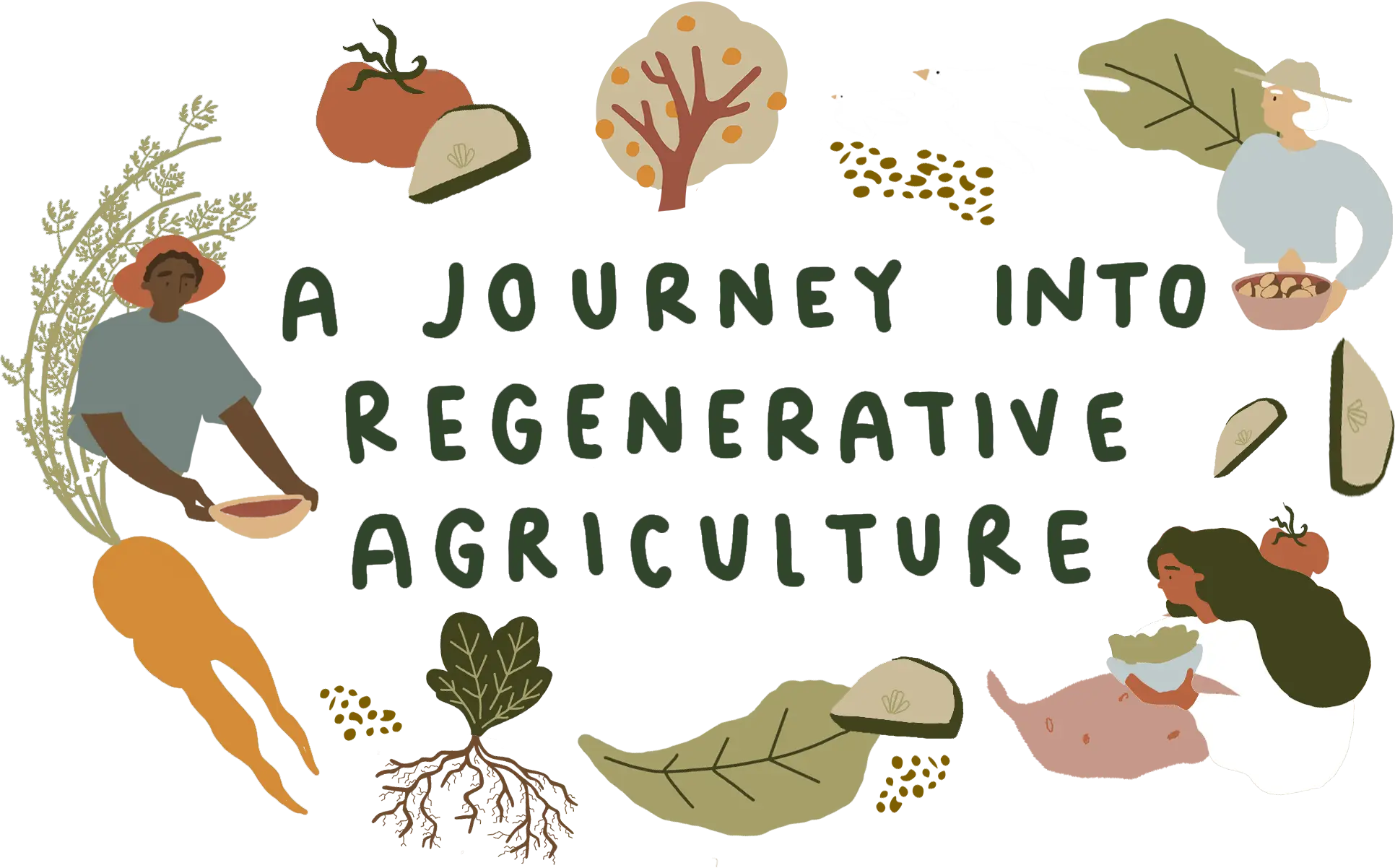
REGENERATION HOLDS TRANSFORMATIVE POWER TO RESTORE SEVERED RELATIONSHIPS WITH THE EARTH.

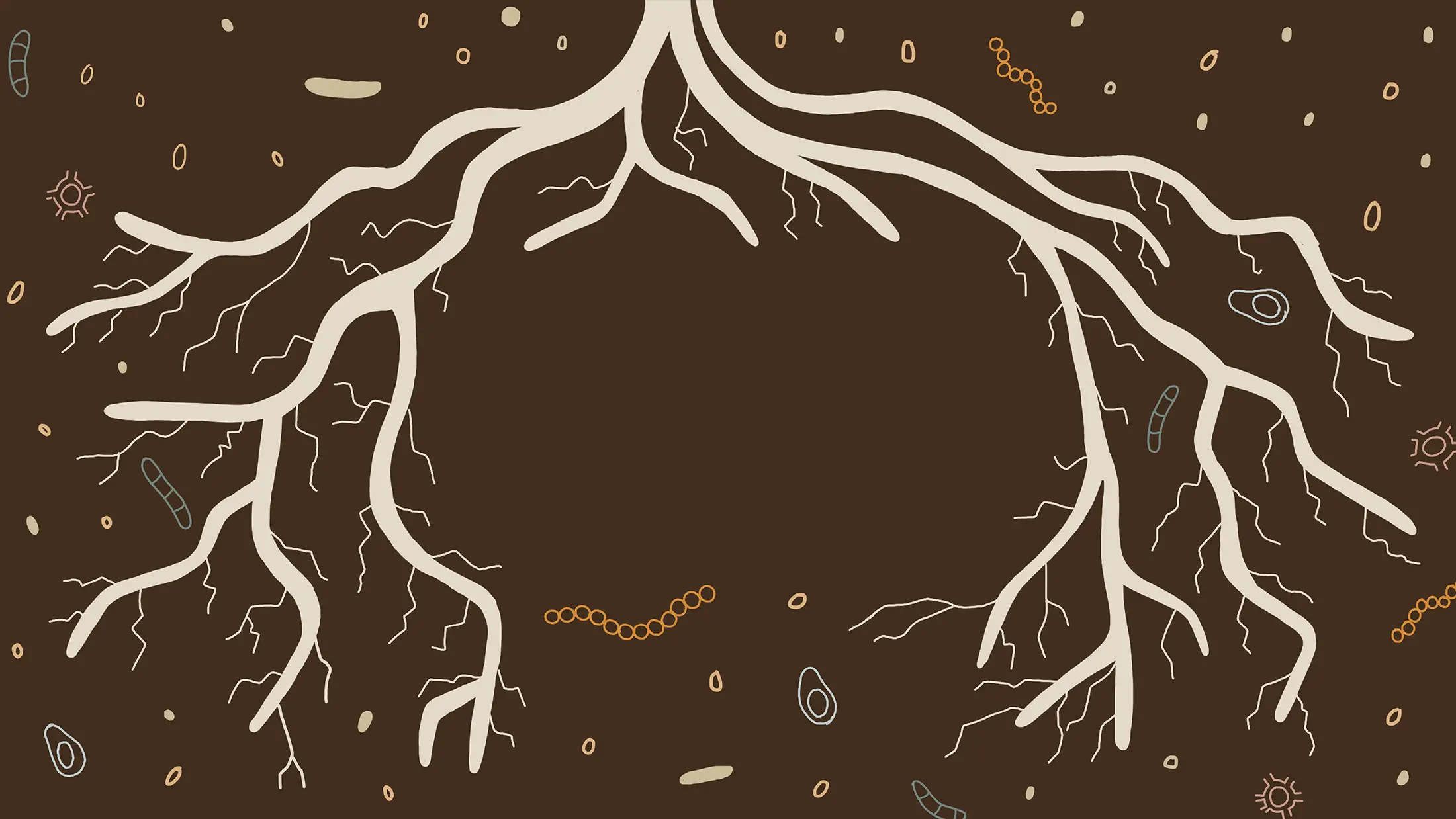
Healthy soils robust with biodiversity and organic matter…
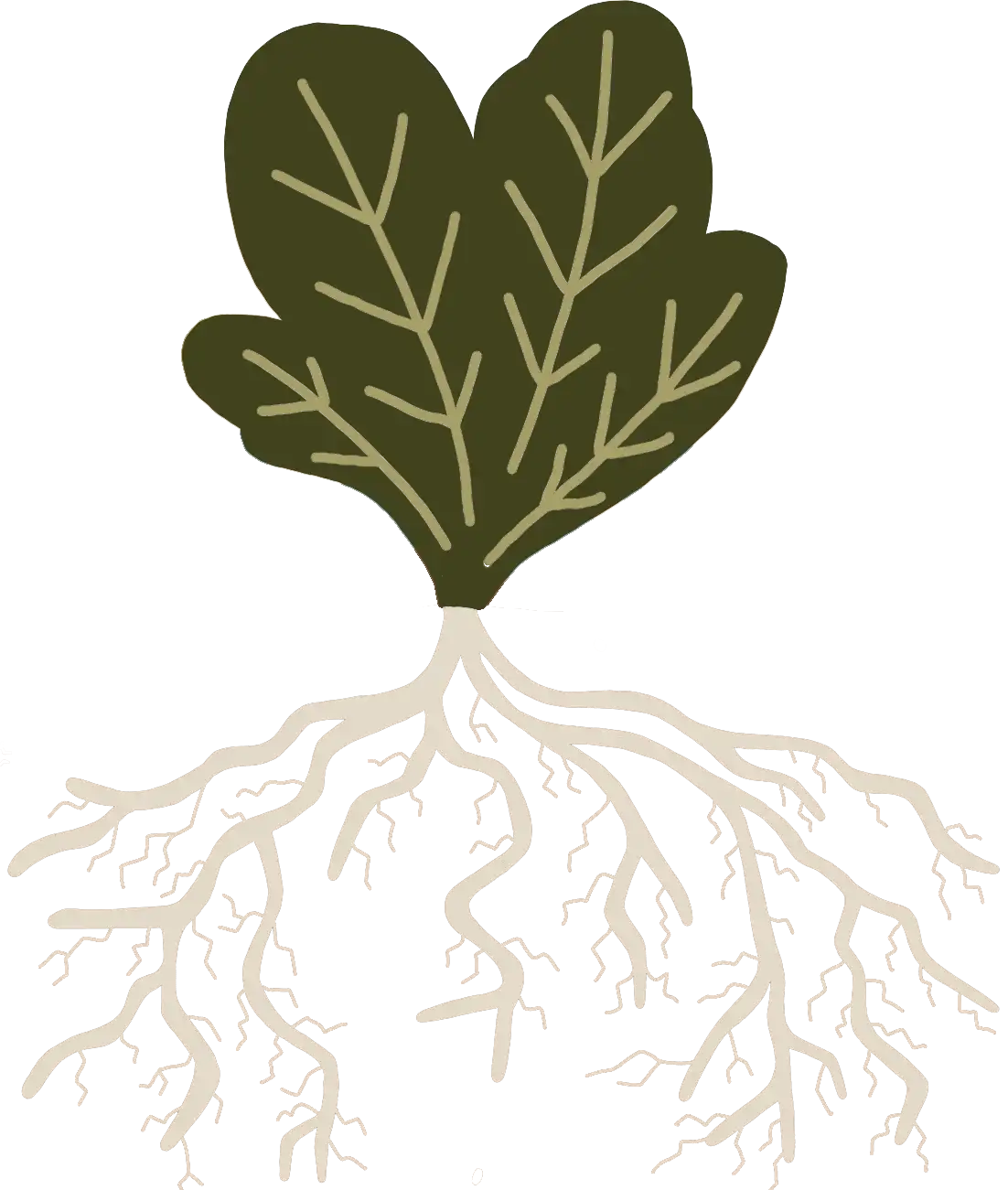

…are one of the many byproducts of regenerative
land relationships.
A mindset shift away from extraction
Measuring success through community well-being
Leaving something better than found
A process, not a destination
A healing of broken relationships
For us,
regeneration is about
relationships that nurture all life;
the flora, fauna, soil, history of the land, and the peoples that inhabited it, past, present, and future.
Reciprocal relationships
The communal management of collective resources
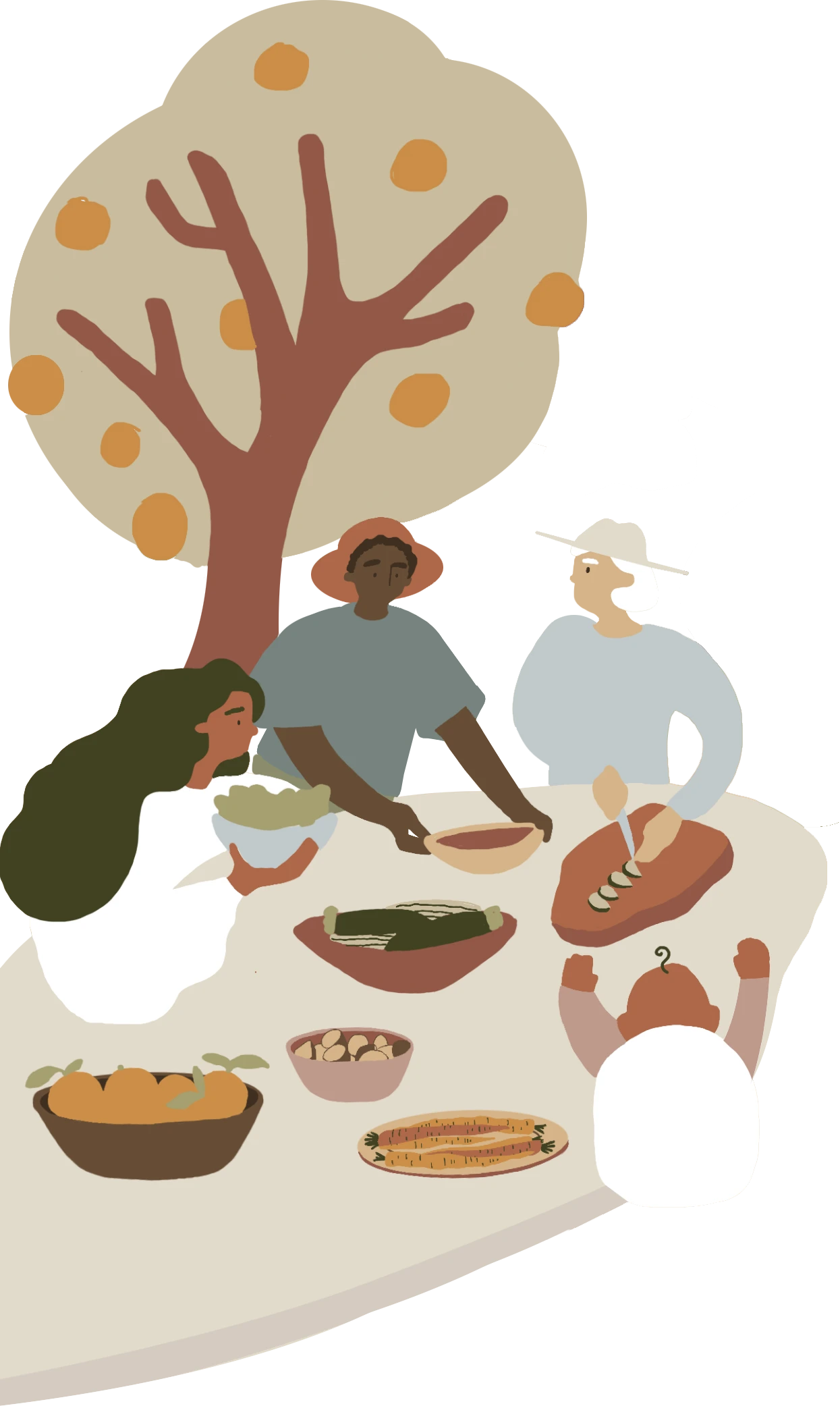
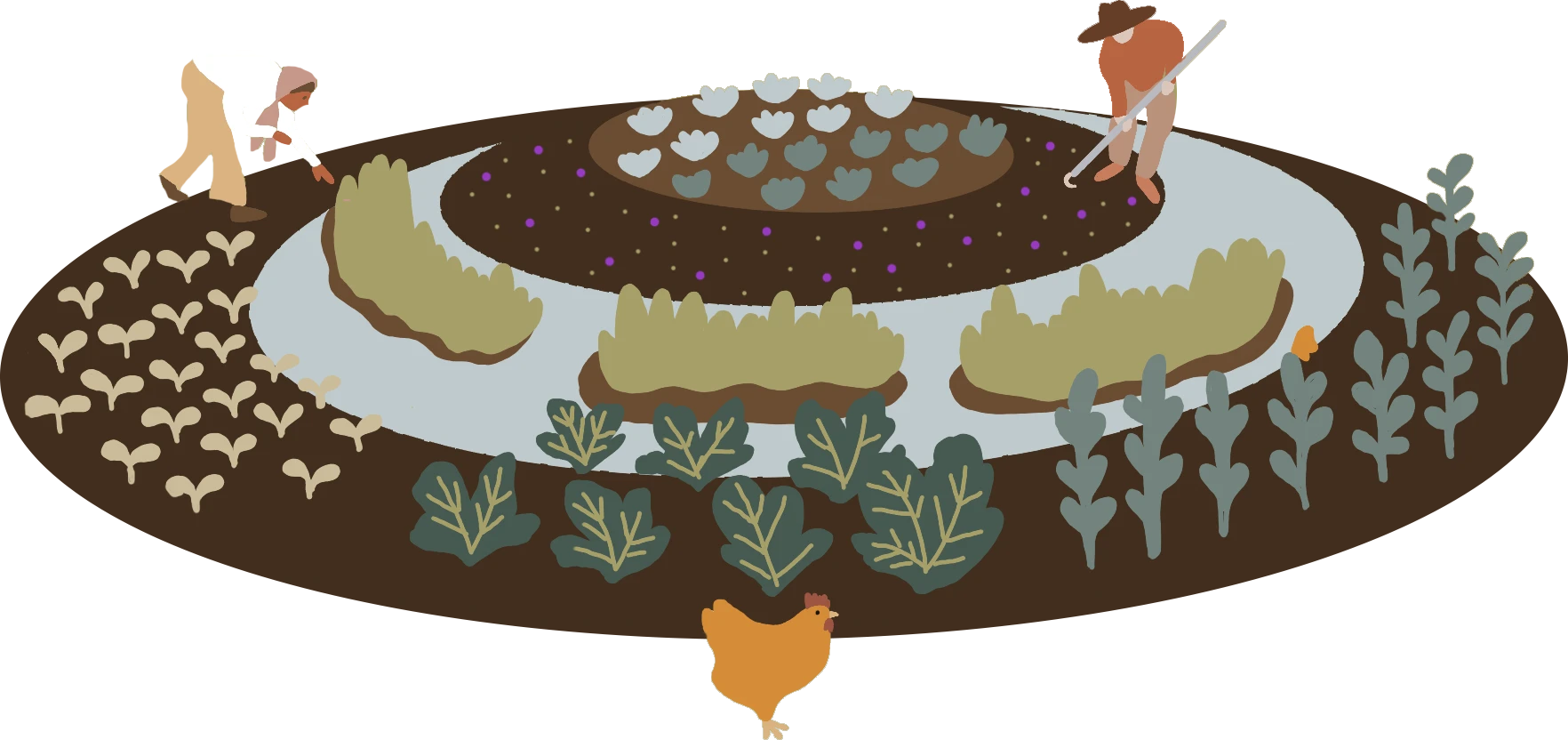
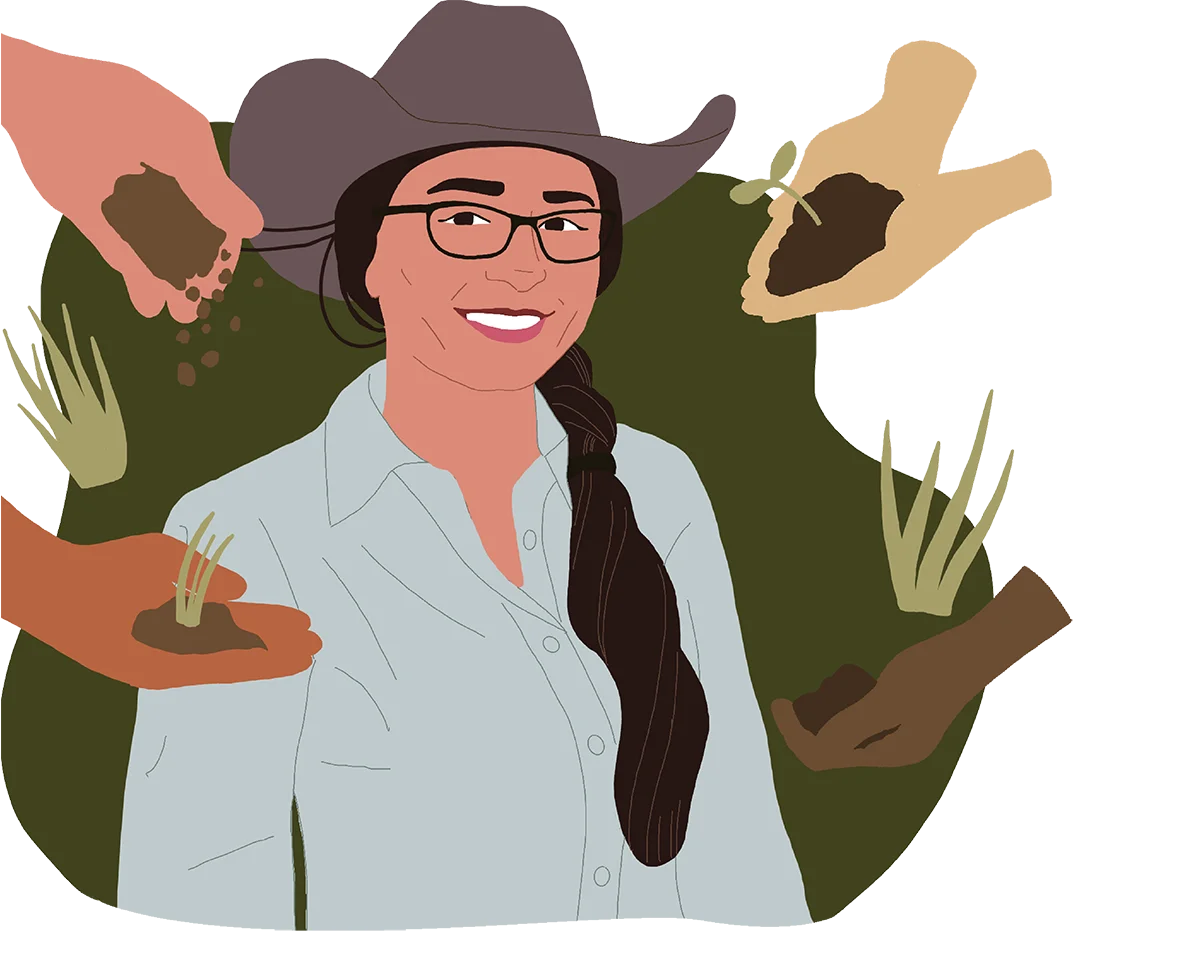
Kelsey Scott
DX Ranch
Samantha Foxx
Mother’s Finest Urban Farm
“FARMING IS A WAY FOR ME TO BE ABLE TO CONNECT TO THE SOIL AND THE EARTH AND THERE’S A HEALING SENSE I GET WHEN I DO ALL OF THAT BECAUSE I DO REALIZE THAT THE BLOOD OF MY ANCESTORS IS INSIDE OF THE SOIL I’M WORKING WITH DAILY. YOU ARE REALLY JUST OPENING UP YOUR HEART TO THE WORLD BY FARMING.”


Gail Fuller
Circle 7 by Fuller Farms
Morgan & Jake
Nautical Farms
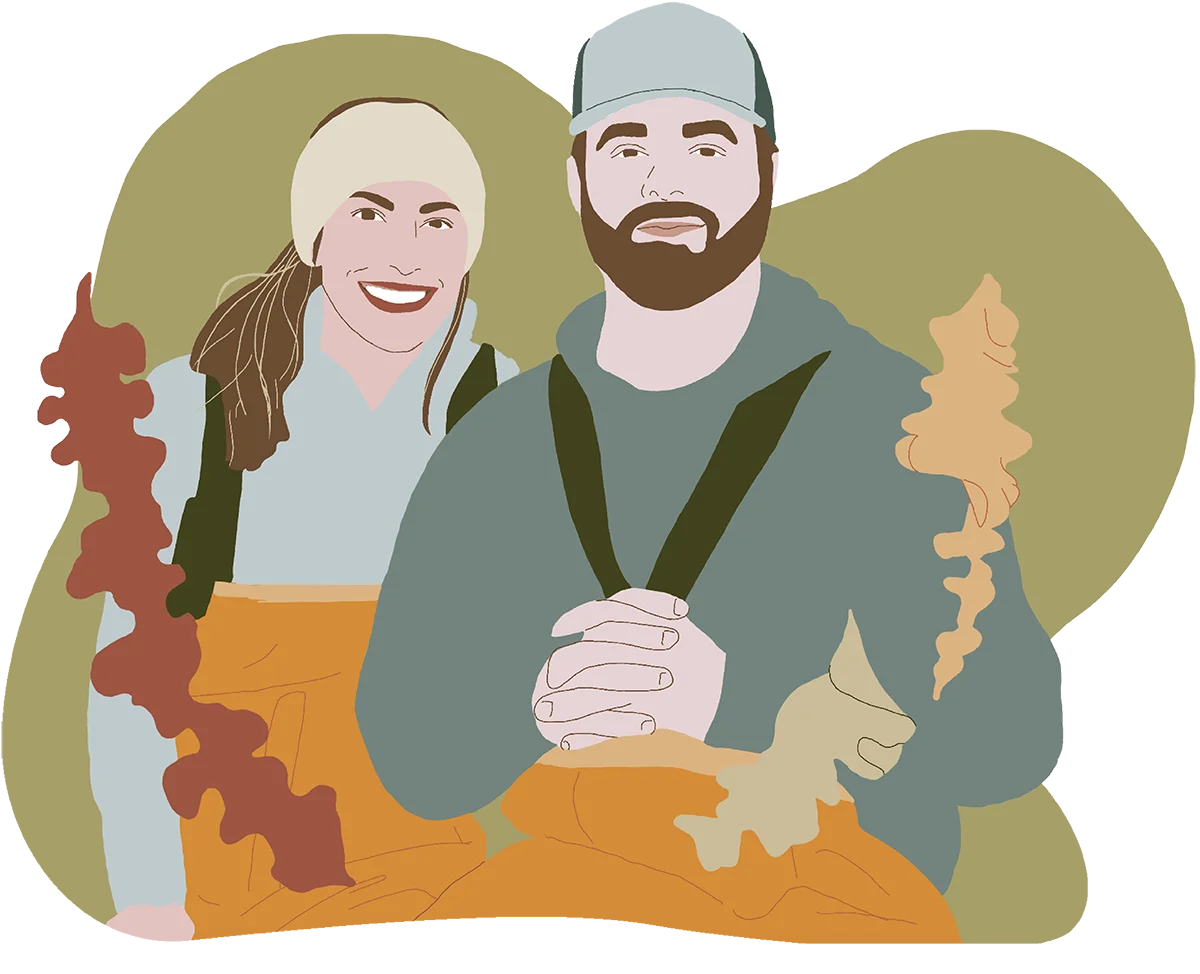
Each farmer tends agricultural systems that nourish and heal ecosystems, communities, and self for generations to come. They are evolving the capacity of themselves, their farm, their business, and even whole industries to leave a better footprint on the respective life-sheds they are part of.

What needs to change in your life to embody and participate in regeneration?




In your home?
In your community?





Fired Up? Take Action!
GROW
Food in the
Garden Club
CONNNECT
In our Online
Community
CREATE
with the Circle
of Creatives
MEET
Featured
Farmers
JOIN
Our Email
Newsletter
GIVE
To support a regenerative future
FAQ
What are some examples of regenerative agriculture practices?
Although regenerative agriculture practices vary based on location, geographies, and other circumstances, below are some general guidelines that farmers prioritize.
- No-till / limited soil compaction
- Planting diverse cover crops
- Integrating livestock and holistic planned grazing
- Keeping soil covered and protected year around
- No synthetic fertilizers, pesticides, or external inputs
- Integrating agroforestry, hedgerows, and perennial crops
- Composting and biochar
- Silvopasture
- Multiple crop rotations
- Ensuring farmworker equity
- Supporting pollinator “highways”
- Cultivating biodiversity
- Letting yourself and land rest
Why Soil Health?
The chemical agriculture industry and enthusiasts have told the world traditional agriculture cannot feed the world’s growing population, which is why GMO and synthetic fertilizers are necessary. Evidence points to new wisdom: The world cannot be fed unless the soil is fed.
Right now, we are in a soil crisis. Scientists predict we have roughly 50 harvests left if we continue with chemical agriculture practices such as tilling and synthetic inputs on a global scale. Regenerative agriculture enhances and sustains the health of the soil by restoring its carbon content, which in turn improves productivity—just the opposite of chemical agriculture.
Soil health is defined as the continued capacity of soil to function as a vital living ecosystem that sustains plants, animals, and humans. Healthy soil gives us clean air and water, bountiful crops and forests, productive grazing lands, diverse wildlife, and beautiful landscapes.
The main principles to manage soil for health are:
• Maximize Presence of Living Roots
• Minimize Disturbance
• Maximize Soil Cover
• Maximize Biodiversity
As world population and food production demands rise, keeping our soil healthy, productive, and resilient has never been more important. When soil health principles and systems are applied to farming including no-till, cover cropping, and diverse rotations, more and more farmers are seeing organic matter and microbial activity increase in their soil.
The result: vital microbes proliferate, roots go deeper, nutrient uptake improves, water retention increases, plants are more pest resistant, and soil fertility compounds. Farms are seeing soil carbon levels rise from a baseline of 1 to 2 percent up to 5 to 8 percent over ten or more years, which can add up to 25 to 60 tons of carbon per acre.
It is estimated that at least 50 percent of the carbon in the earth’s soils has been released into the atmosphere over the past centuries. Bringing that carbon back home and into its natural cycle through regenerative agriculture, is one of the greatest opportunities to address human and climate health, along with the financial well-being of farmers.
(Information from NRCS and USDA)
What are some ways to begin transitioning from conventional to regenerative agriculture practices?
Transitioning from conventional to regenerative practices is, more than anything, a mindset shift. It starts with looking at your farm as a living ecosystem of biodiversity, where all life thrives. Before anything reflect on the following questions:
• How would you farm differently if your community’s health and wellbeing was your main marker of success?
• How do your farming priorities shift if you consider yourself a soil farmer, with a goal to build the healthiest soil? >
• What practices would you change if you knew your great-great grandchildren would farm on the same land in 2-7 generations from now?
• Think about things that are degenerative. Are there any systems on your farm that are killing life or are degenerative? If so, what conditions can you build to support life to thrive?
• Reflect on where and how you’ve been taught – are you willing to disrupt it and view things through different lenses? Are you willing to show up differently on your farm tomorrow?
• What could come if you changed the way you think and work?
• What is the responsibility of your farm – to you, your community,the land it’s on, and the planet?
These are big questions. And our hope is that by leaning in, challenging your worldview, and reflecting on the true potential of your farm, that alone will open the portal for you to discover the possibilities, information, and next steps you need to take toward transitioning from a conventional framework to a regenerative, living systems approach.
Of course there are particular place-based techniques we can discuss like planting cover crops, not tilling the soil, and incorporating a diversity of crops, but ultimately we believe in your innate wisdom of the land you steward, the knowledge that’s been passed down to you, the relationships you’ve built, and your willingness to probe deeper.
To learn more, read the blog Regen Ag Transition Tips and Resources for Farmers.
What role do animals play in regenerative agriculture?
Animals play a critical role in building organic matter in the soil; more specifically, ruminants digest plant matter in such a way where their stool has shown to be paramount to enhancing soil health.
When ruminants (mammals whose diets are plant-based) are strategically managed in a holistic rotational grazing system, they’re directly responsible for helping the soil sequester significant amounts of atmospheric carbon, greatly improving water retention, bringing native grasslands back (which eliminates the need for weed control via synthetic chemicals like glyphosate), and increasing biodiversity (Drawdown, 2017).
Unlike confined animal feed operations (CAFO), also known as factory farms, managed grazing accounts for the entire ecosystem’s health with animal welfare being at the forefront.
In this system, ranchers and farmers respectfully work with ruminants (cows, sheep, chickens, bison, goats, etc.) to increase the holistic health of their pasture or orchard (animals grazing trees is known as silvopasture). Managed grazing gives animals freedom of movement, so they can fully express themselves as sentient beings while creating a true ecosystem within the context of the farm or ranch they live on.
It’s important to note that managed/holistic grazing lets animals freely roam in paddocks and feed off the land, which in many managed grazing systems is a robust supply of native grasses, protein rich weeds, and diverse cover crops. Thus, the need to supply animals with outsourced food, usually genetically modified and chemically grown corn, or antibiotics is no longer necessary.
Practitioners of managed grazing report that not only does the organic matter in their soil drastically increase within several years, in some cases by several percentage points, but their costs go down and profits go up as the land can support more animals, and the need for equipment and synthetic inputs ends.
We realize the idea of working with animals is not something everyone supports, and we believe that choosing what happens to an animal after its life cycle is over is a personal decision. If you choose to consume meat, it is critical to understand the distinction between confined animal feeding operations and holistic grazing systems.
We hope that while you are here, you will consider the overall benefit ruminants have in rebuilding soil health, biodiversity, replenishing natural aquifers, and balancing the carbon cycle.
If you’d like to dig deeper into this topic, here are some recommendations:
Brown’s Ranch, Regenerative Grazing Article
Project Drawdown, Paul Hawkens
Holistic Management Textbook, Savory Institute
Sacred Cow: The Case for (Better) Meat, Diana Rodgers RD, Robb Wolf
What is glyphosate?
Check out our Glyphosate page!
To learn more, check out our Resources page.
Deep gratitude to the individuals that helped with these concepts and frameworks: Loren Cardeli, Lauren Tucker, Richard Bugbee, Lacey Boyer, and all the farmers who contributed their perspectives.
Artwork by: Britty colors
